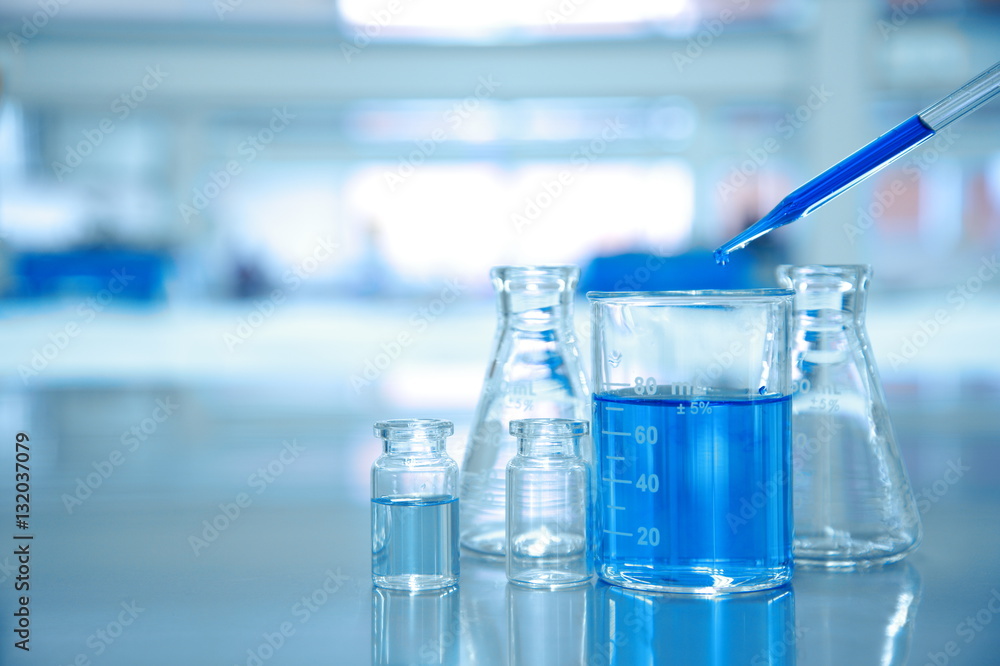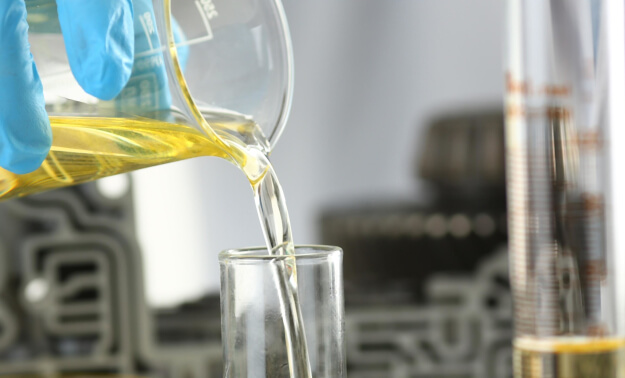A Comprehensive Overview to Examining Chemical Products for Ideal Integrated Solutions in Production and Beyond
In the increasingly complex landscape of manufacturing, the examination of chemical products stands as a crucial factor in achieving integrated services that prioritize security, effectiveness, and sustainability. This detailed overview outlines crucial elements such as regulative compliance, item compatibility, and cost-effectiveness, all while stressing the significance of environmental stewardship. Comprehending these elements not only alleviates risks but also settings organizations for development and long-term development. As we explore these crucial components, the concern arises: exactly how can these evaluations be transformed into workable techniques that move your company forward?
Understanding Regulative Conformity
In the realm of production, comprehending governing compliance is critical for guaranteeing both item safety and security and environmental management. Regulative structures, such as the Occupational Safety and Health And Wellness Management (OSHA) standards and the Environmental Security Company (EPA) regulations, dictate the risk-free handling, storage, and disposal of chemical products. Conformity with these laws not just safeguards workers yet likewise lessens environmental influence and boosts a company's track record.
Suppliers must vigilantly analyze the chemical materials they utilize, making sure adherence to the appropriate safety information sheets (SDS) and labeling needs, which give important details relating to risks and safe use. Remaining abreast of industry-specific policies, such as the Registration, Evaluation, Authorisation and Limitation of Chemicals (REACH) in Europe, is vital for maintaining compliance and staying clear of potential legal implications.
Routine audits and training are crucial components of an extensive conformity technique, promoting a society of security and understanding amongst employees. By focusing on regulative conformity, suppliers can alleviate threat, boost operational efficiency, and add to sustainable methods within the market, eventually bring about boosted item quality and customer fulfillment.
Assessing Product Compatibility
Governing conformity establishes the structure for secure production techniques, however reviewing product compatibility is similarly important for functional effectiveness and safety and security. Chemical Products. Item compatibility refers to the capacity of different chemical substances to exist side-by-side without damaging interactions that might compromise the integrity of procedures or items. An extensive analysis begins with recognizing the chemical residential or commercial properties, consisting of reactivity, solubility, and security under various conditions
Producers should conduct compatibility screening to determine potential reactions that may take place when chemicals are blended or enter call with one an additional. This consists of assessing variables such as temperature variations, pressure adjustments, and the visibility of impurities. It is also vital to consider the results of materials utilized in containers, pipes, and devices, as these can influence chemical actions and performance.
Furthermore, makers must evaluate the prospective impact of product compatibility on end-user applications. Inappropriate items can cause operational interruptions, product failures, and security risks, which can harm reputation and financial standing. As a result, an organized method to evaluating product compatibility not only improves operational efficiency however likewise guarantees the security and dependability of chemical products throughout their lifecycle.
Evaluating Cost-Effectiveness
Reviewing cost-effectiveness is essential for producers intending to enhance their chemical production processes while keeping earnings. This assessment starts with a thorough analysis of both straight and indirect costs connected with chemical products. Direct expenses encompass the purchase rate of chemicals, transport, and storage, while indirect prices may include labor, upkeep, and overhead expenditures.
To successfully evaluate cost-effectiveness, makers must employ a total expense of possession (TCO) approach. This technique allows a thorough understanding of all costs throughout the product lifecycle, from procurement to disposal. Furthermore, making use of efficiency metrics-- such as return rates and process performance-- can provide insights into how well chemical items add to total manufacturing objectives.
Benchmarking versus market standards can additionally highlight prospective areas for expense reduction or enhancement. By comparing their prices and performance link with competitors, suppliers can recognize finest practices and cutting-edge solutions.
Moreover, involving suppliers in conversations regarding rates, volume discount rates, and long-term contracts might generate positive monetary arrangements. Ultimately, a calculated concentrate on cost-effectiveness supports not just profitability yet also sustainability in the affordable landscape of chemical production.
Studying Environmental Impact

One essential facet is the selection of resources. Lasting sourcing can significantly reduce unfavorable effects, as eco-friendly or much less unsafe materials commonly result in lower exhausts and less harmful byproducts. Producers ought to take into consideration the effectiveness of their production procedures; enhancing these can reduce waste and energy intake.
In addition, item formulation plays a critical function in identifying ecological security. Using environment-friendly chemistry principles can bring about the advancement of more secure, less polluting choices. Makers ought to likewise assess end-of-life situations for their items, advertising recycling or safe disposal methods to minimize long-term environmental repercussions.
Including these considerations right into item evaluation not only boosts business responsibility however additionally aligns with boosting customer need for ecologically friendly items. Chemical Products. Inevitably, a complete evaluation of ecological effect is important for promoting lasting production techniques
Applying Quality Assurance Procedures
The dedication to lasting methods and environmental security see post naturally reaches the implementation of quality assurance procedures within producing processes. Quality control is crucial for ensuring that chemical products meet predefined requirements and guidelines, consequently guarding not just product efficiency yet likewise environmental honesty.
To effectively carry out top quality control steps, producers need to adopt an organized strategy, beginning with the establishment of clear top quality criteria. This includes defining requirements for raw materials, intermediate items, and last results. Regular testing and inspection procedures should be instituted to keep an eye on compliance with these criteria throughout the production cycle.

Educating and involving staff in high quality guarantee techniques is just as crucial. An educated labor force contributes to a culture of high quality and accountability, improving total functional performance. Ultimately, rigorous quality assurance measures not just make certain conformity however you could look here likewise fortify the brand's reputation and foster count on among customers, lining up with the overarching objectives of sustainability and safety and security in the chemical production field.
Verdict
To conclude, the evaluation of chemical items demands an extensive understanding of governing compliance, product compatibility, cost-effectiveness, and environmental influence. Implementing durable top quality control gauges additionally boosts functional dependability and innovation within producing processes. By taking on an extensive method, organizations can optimize chemical use, minimize linked risks, and line up with market ideal practices, eventually fostering lasting development. This guide acts as a vital source for attaining these important objectives in chemical product examination.